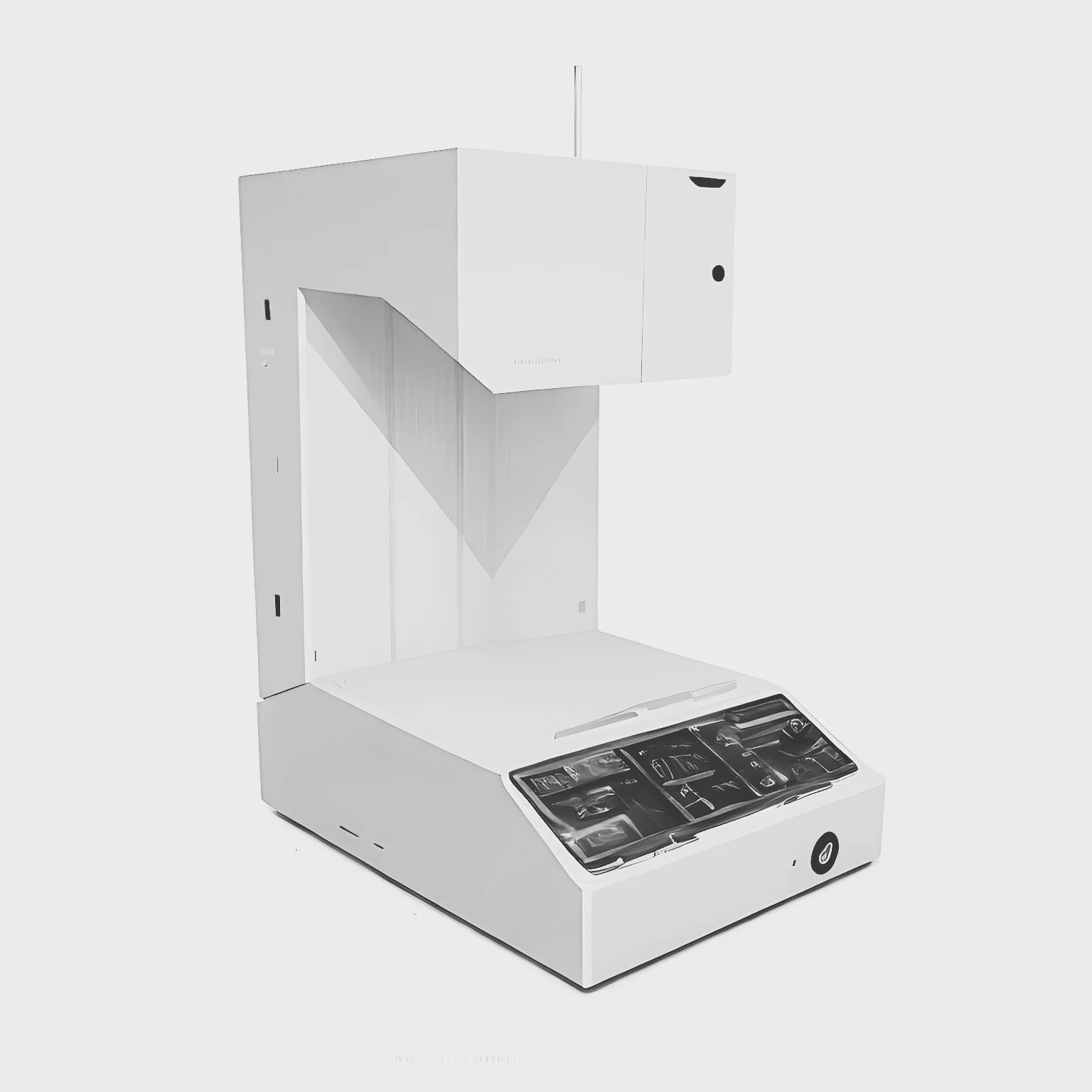Melt Flow Rate ASTM D 1238
Melt Flow Rate Test: An Overview
Melt Flow Rate (MFR) is a crucial metric when examining the rheological properties of thermoplastic materials. This test primarily measures the rate at which molten thermoplastic extrudes through a specific orifice at a predetermined temperature and load. Here's an in-depth dive into the Melt Flow Rate test.
Introduction to Melt Flow Rate
Why MFR is Essential
Melt Flow Rate serves as an indicator of the flowability of melted thermoplastics. It becomes an invaluable metric for:
Comparing various grades of thermoplastics, especially distinguishing between different grades of materials such as polyethylene.
Identifying potential degradation in plastic materials due to various molding processes.
Understanding changes in molecular weight, which could influence a material's flowability.
Applications in Quality Control
In the realm of quality assurance and control, the MFR test aids in:
Differentiating between "good" and "bad" parts.
Evaluating potential batch-to-batch consistency in production.
Predicting the processability of the plastic in molding processes.
Melt Flow Rate Test Procedure
Preparation: The melt flow apparatus barrel is heated to the material-specific temperature.
Loading: About 7 grams of the thermoplastic material is introduced into the barrel.
Application of Weight: The material-specific weight is applied to a plunger to exert pressure on the molten plastic.
Extrusion: Under the influence of the weight, the molten plastic is forced to extrude through a die.
Collection and Measurement: The extruded material is collected for a specified duration and weighed.
Calculation: The MFR is determined using the formula:
MFR (g/10 min) = (600/t) x weight of extrudate, wheretrepresents the extrusion time in seconds.
Equipment Essentials
Apparatus Requirements
For accuracy and repeatability, the apparatus for the Melt Flow Rate test, as per ASTM D1238 and ISO 1133 standards, should possess:
Precise temperature controls to maintain consistent heating of the barrel.
Uniformly machined die to ensure consistent orifice size.
Accurate timing mechanisms for precise collection durations.
Advanced Equipment Features
Modern MFR testing equipment, like the Instron CEAST MF50 tester, might come equipped with:
Encoders for accurate measurement capture.
Motorized weight lifters for automatic handling and weight application.
Automatic extrudate cutters.
Advanced software integration for data analysis and storage.
ASTM D1238: The Definitive MFR Testing Guide
The ASTM D1238 standard offers detailed guidance on the procedure to determine the extrusion rate of molten thermoplastic resins. It provides four distinct testing procedures, from A to D, catering to different requirements:
Procedure A: Measures MFR for materials with flow rates between 0.15 and 50 g/10 min.
Procedure B: Determines both MFR and Melt Volume Rate (MVR) for materials with flow rates from 0.50 to 1500 g/10 min.
Procedure C: An alternative to Procedure B for samples with MFRs greater than 75 g/10 min, using a modified “half-die.”
Procedure D: A multi-weight or ‘flow rate ratio’ (FRR) test.
Test equipment for Melt Flow Rates of Thermoplastics by Extrusion Plastometer ASTM D1238
Concluding Notes
The Melt Flow Rate test stands as a cornerstone for thermoplastic quality assurance, offering insights into the material's processability, consistency, and potential degradation. By following standards like ASTM D1238, industries can ensure that the plastics they utilize or produce maintain consistent quality, thereby delivering reliable products to the end-users. As technology evolves, it will be exciting to see how the procedure for MFR testing advances, providing even more accurate and insightful data to manufacturers and researchers.
